LG C5 vs LG G5: Which OLED TV is the better buy?
LG's newest OLED TVs are similar, but one reigns supreme
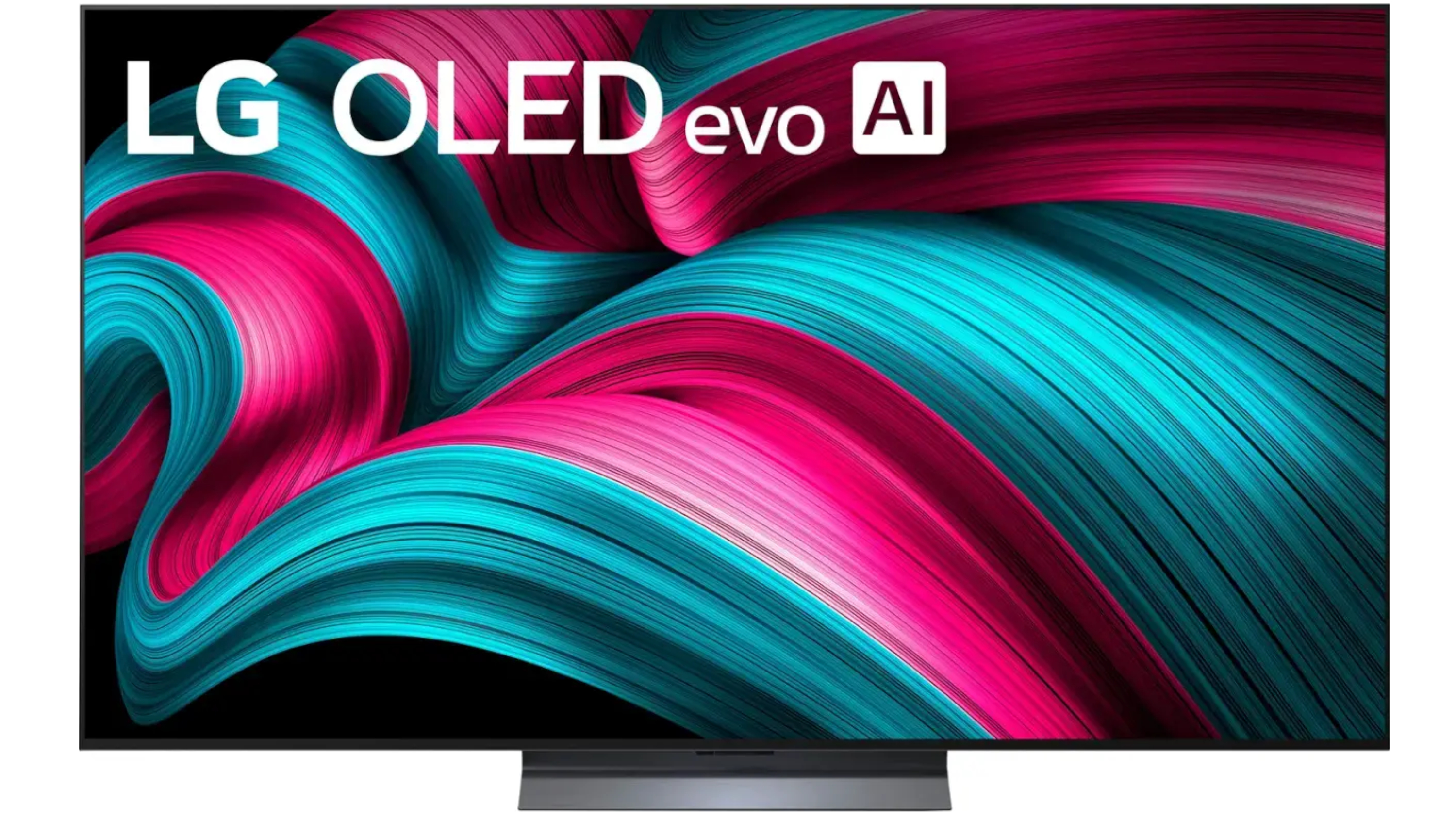
The C5 is LG's mid-range OLED in 2025. It delivers an incredible picture, a thorough collection of gaming enhancements and plenty of additional features. It also comes with a stand, while the LG G5 does not.
Pros
- Terrific contrast and color
- New screen design eliminates most reflections
- Four HDMI 2.1 inputs
Cons
- Redesigned remote won’t be for everyone
- No ATSC 3.0 tuner or HDR10+ support
- Unexceptional audio quality

The G5 is LG's flagship OLED in 2025. It delivers an incredible picture with some of the brightest highlights you'll find on an OLED TV. It also comes packed with features. As one of the brand's newest TVs, you're unlikely to find substantial discounts on the G5, and the TV's stand is sold separately.
Pros
- Nearly unparalleled brightness for an OLED
- Gorgeous color
- Terrific gaming features
Cons
- A little pricey for what you get
- No ATSC 3.0 tuner
LG just released its 2025 OLED TV lineup, and unsurprisingly, these models are among the best TVs you can buy right now.
At the tippy-top of the lineup is the flagship LG G5. It’s one of a handful of OLED TVs in 2025 that leverages LG Display’s all-new, 4th-generation OLED panel.
Below the G5 is the mid-range LG C5 OLED, an incredible, five-star TV that combines stellar performance with a more agreeable price tag than the flagship G5.
They share many of the same features and design elements, but you really ought to know what sets them apart before reaching for your credit card. Fortunately, I’ve got over a decade of experience testing and reviewing TVs, and I’m super-familiar with both of these LG OLEDs.
LG C5 vs LG G5: Specs compared
| Header Cell - Column 0 | LG C5 | LG G5 |
|---|---|---|
Sizes | 42", 48", 55", 65", 77", 83" | 55", 65", 77", 83", 97" |
Ports | 4x HDMI 2.1 | 4x HDMI 2.1 |
Resolution | 3,840 x 2,160p | 3,840 x 2,160p |
Refresh rate | 144Hz | 165Hz |
HDR | Dolby Vision, HDR10, HLG | Dolby Vision, HDR10, HLG |
Smart TV software | webOS | webOS |
ATSC 3.0 support? | No | No |
Processor | a9 AI Processor 4K Gen8 | a11 AI Processor 4K Gen2 |
These are similarly spec'd TVs, but let's break down a few key differences.
The G5 supports 4K gaming at 165Hz, but the C5 is capped at 144Hz. You really don't need to concern yourself with this difference unless you're planning on using one of these TVs with a gaming PC, as current-generation consoles top out at 120Hz for 4K games.
The G5 also taps a better processor, but most of the advantages here are behind the scenes. In terms of the user experience, they're largely the same.
Get instant access to breaking news, the hottest reviews, great deals and helpful tips.
Dolby Vision support is in the cards for both of these TVs, though HDR10+ is absent. I wouldn't worry too much about this, however, as Dolby Vision is the more popular format across various streaming platforms.
The C5 has a slight edge when it comes to size availability compared to its souped-up sibling. There are 42- and 48-inch models in the C5 series for folks who want a smaller-sized TV, or for people who want to use an LG OLED TV as a monitor.
LG C5 vs LG G5: Design
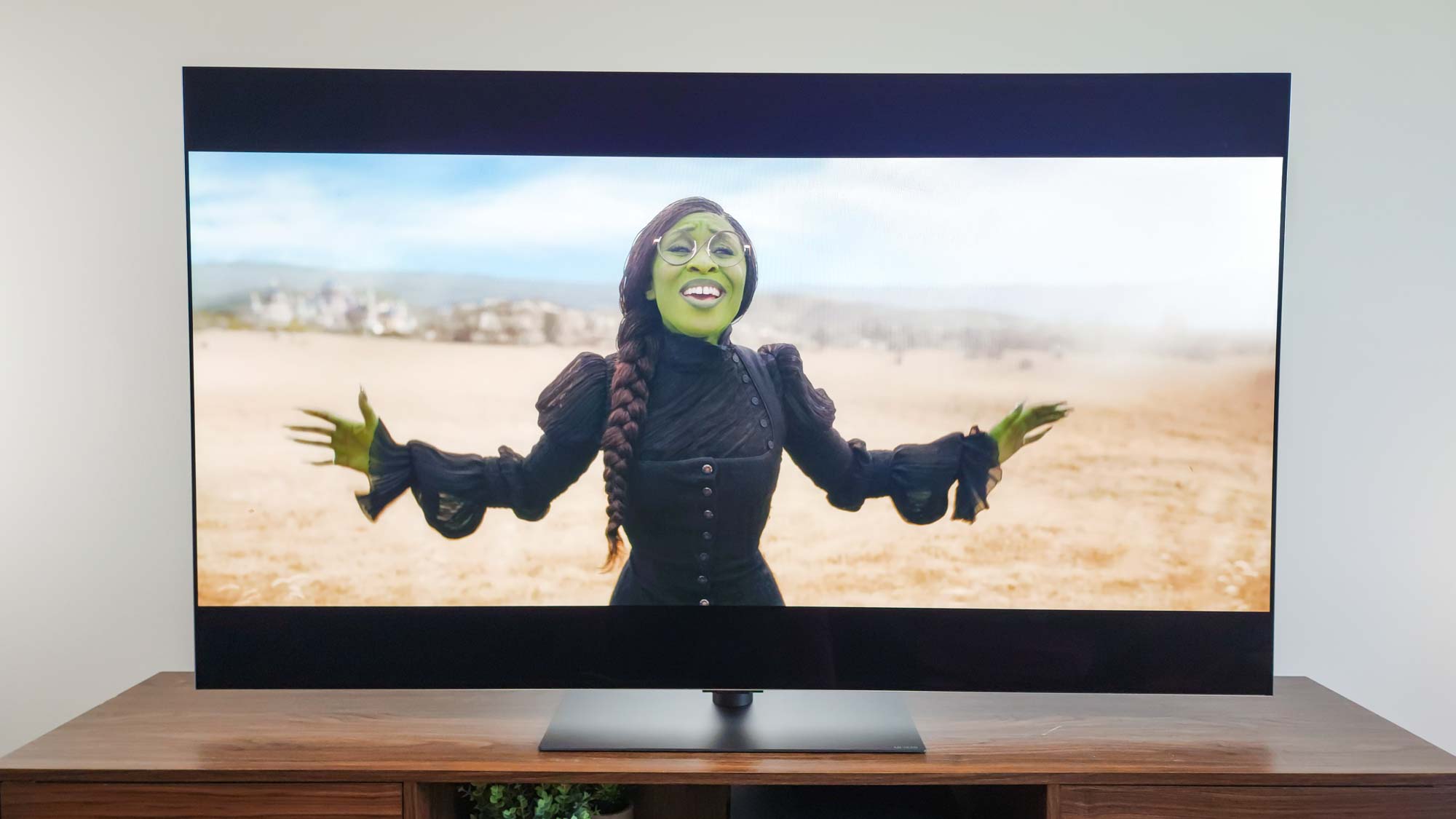
Last year, LG included a stand with 55- and 65-inch versions of its G Series OLED. The all-new G5, however, doesn't come with a stand at any size point, as LG assumes that most people plan on taking advantage of the TV's gap-free, wall-mounted design.
You can check out the G5's separately sold stand in the photo above. It's a sturdy, pedestal-style stand that screws into the back of the panel.
The G5 is noticeably thicker than the C5, but this is so the panel can sit flush against a wall.
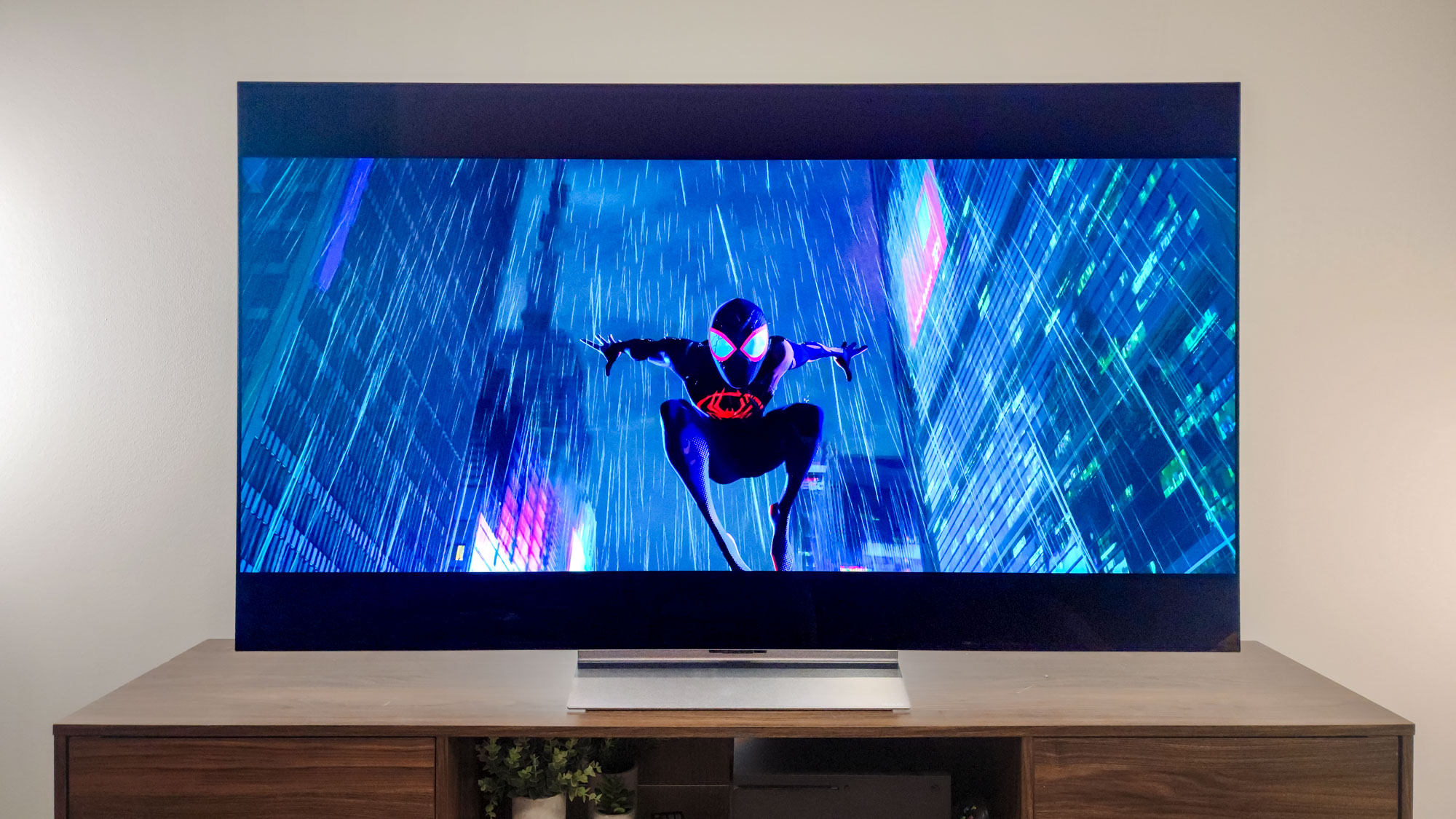
The C5 (seen above) includes a stand in the box. This makes it the more accommodating choice, though it won't look as sleek when wall-mounted.
I dig the slab-like appearance of the C5's stand, which compliments the TV's eye-popping thinness.
Both TVs arrive with a new, slimmed-down remote with a different set of buttons than what we saw on previous LG Magic Remotes.
These clickers offer the motion-activated, Wii-like controls that LG TV remotes are known for, but they don't have an input button. This, to me, is a serious bummer, as you'll have to pull up the TV's menus whenever you swap inputs.
While I can't understate just how cool the G5 looks in its wall-mounted formation, there's no denying that more people are in the market for a TV with a stand. (It also helps that the C5 is a seriously good-looking TV.)
Winner: LG C5
LG C5 vs LG G5: Performance
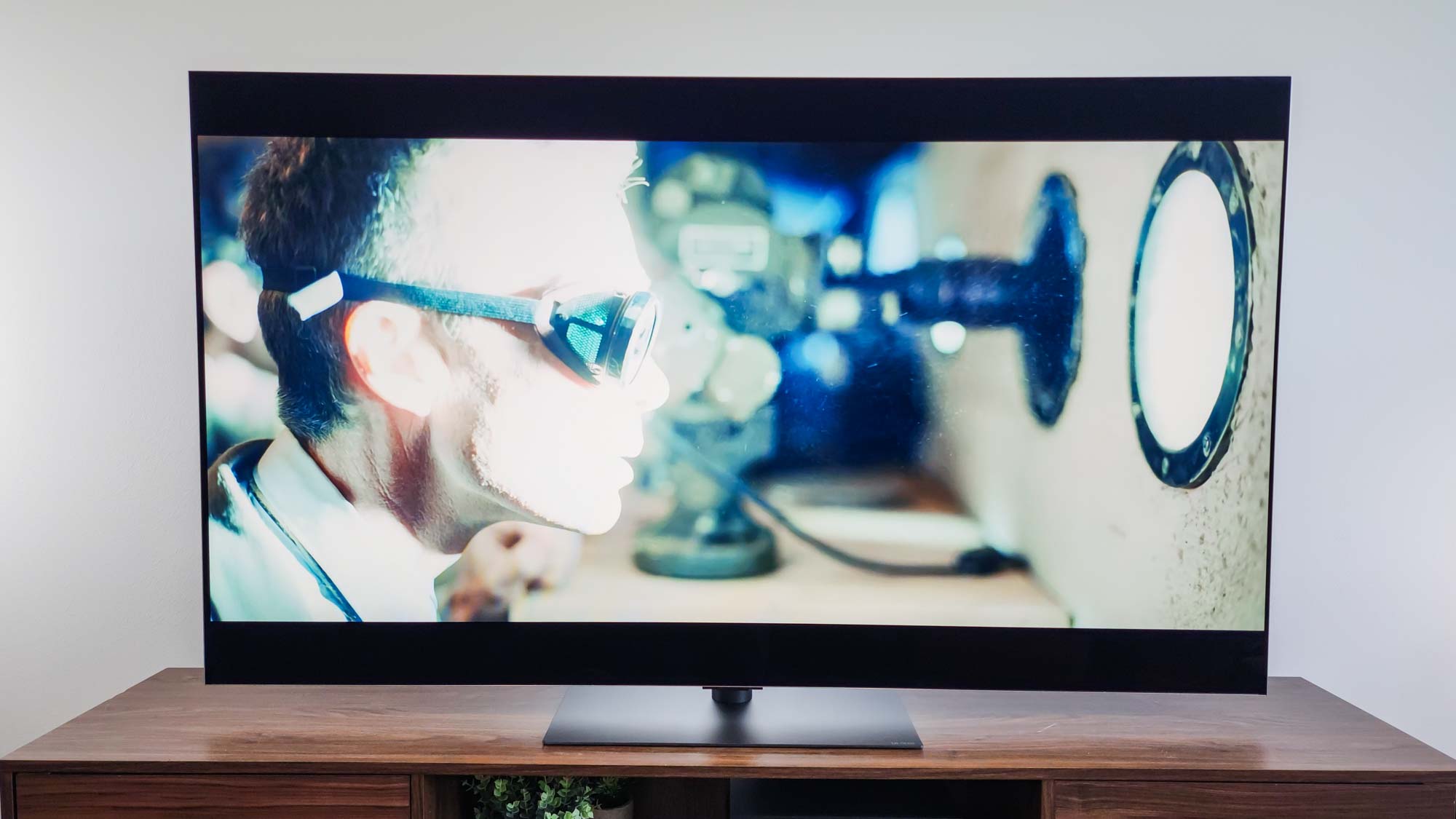
Before we dive into which of these TVs is the better performer, let's compare their test results.
| Header Cell - Column 0 | LG C5 | LG G5 |
|---|---|---|
SDR Brightness (10%, in nits) | 335 | 465 |
Delta-E (lower is better) | 1.2 | 1.9 |
HDR Brightness (10%, in nits) | 1,165 | 2,296 |
UHDA-P3 Gamut Coverage | 98.61% | 99.79% |
Rec. 2020 Gamut Coverage | 76.18% | 82.42% |
Input latency (milliseconds) | 9.2 | 9.2 |
Thanks to its 4th-generation OLED panel from LG Display, the G5 is one of the brightest OLEDs we've ever tested, rivaling only QD-OLEDs from Sony and Samsung.
When you factor this in with the incredible contrast OLED displays are famous for, you get a dazzling picture with an unparalleled sense of depth.
Make no mistake, however: The C5 ain't a slouch when it comes to brightness. It's not equipped with LG Display's latest panel, but with highlight brightness over 1,000 nits, you'll still have plenty to ooh and ahh at.
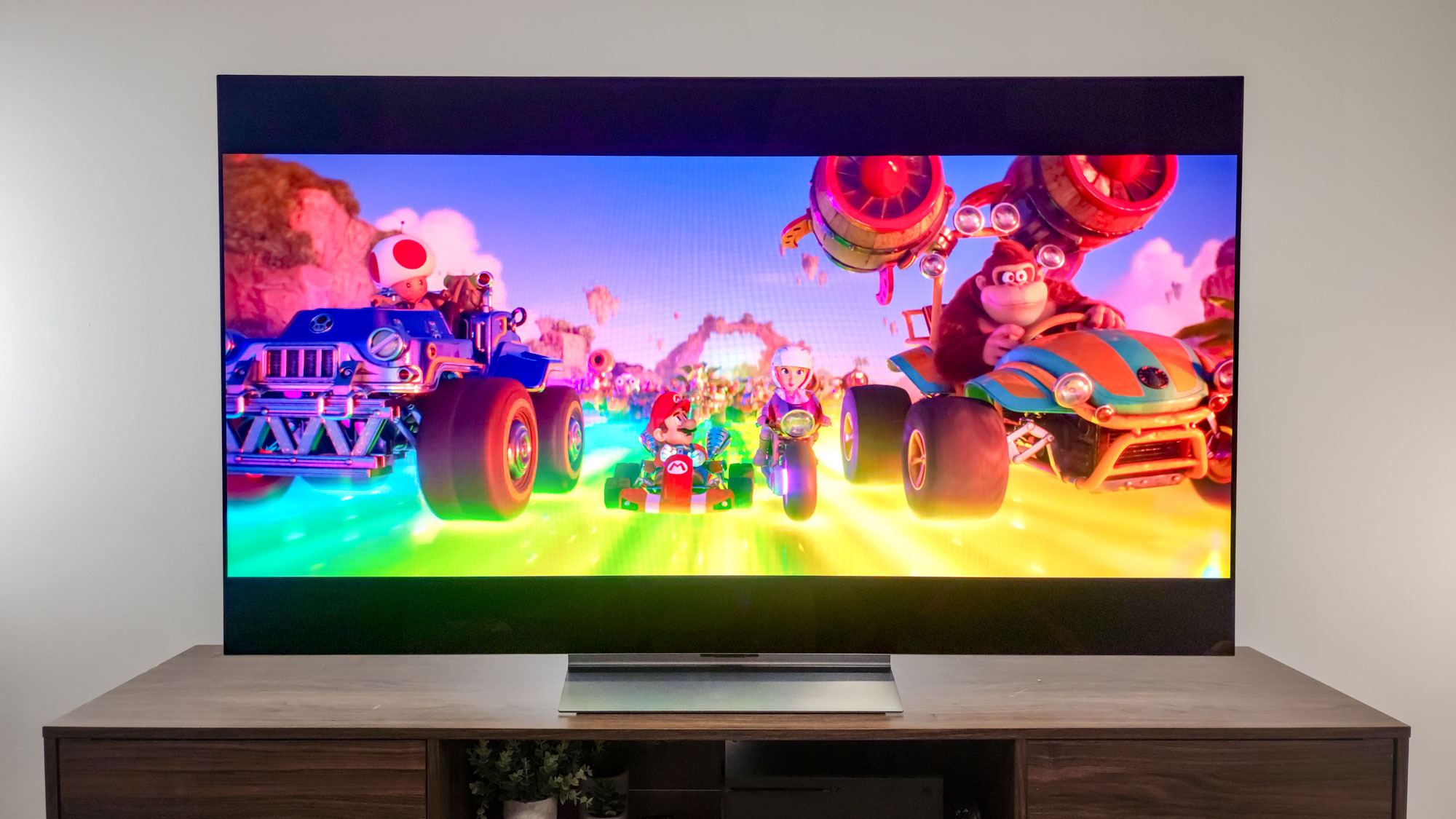
The G5's boosted brightness truly makes a difference during cinematic, HDR-mastered content.
The G5 offers a brighter overall picture, too. Daytime TV, sports broadcasts, YouTube videos, you name it — the G5 is going to pack more of a punch.
Were you to place these TVs side by side, you might also notice brighter, bolder colors on the G5. It doesn't offer the gobsmackingly pure colors we've come to expect from quantum dot-enhanced OLEDs, but it covers over 80% of the Rec. 2020 color gamut, and that's a great spec to have in your back pocket.
In almost every other way, these TVs are equally as impressive. Both offer incredible out-of-the-box accuracy in LG's Filmmaker mode and both deliver sub-10ms input latency. They're just terrific TVs.
However, there's no denying the G5's performance chops. Its boosted brightness truly makes a difference during cinematic, HDR-mastered content. It's the primary reason to spend more on the G5.
Winner: LG G5
LG C5 vs LG G5: Smart platform and features

This is pretty straightforward: The C5 and the G5 are nearly identical when it comes to software and features.
They're both built around webOS 25, the newest version of LG's proprietary smart platform. Is it my favorite? Nope. But, for most folks, webOS will be fine as a daily driver. Its app support is relatively robust, and while there's a slew of sponsored content all over the place, navigation is pretty easy.
Along with a new AI button on the remote, the C5 and G5 offer several AI-based features. These new bells and whistles are intended to streamline how users discover new content and maintain viewing preferences across user profiles.
There's also an AI Chatbot intended to help folks navigate the TV's software and choose what to watch next. I haven't used this feature enough to settle on how I feel about it, but it's available on both models.
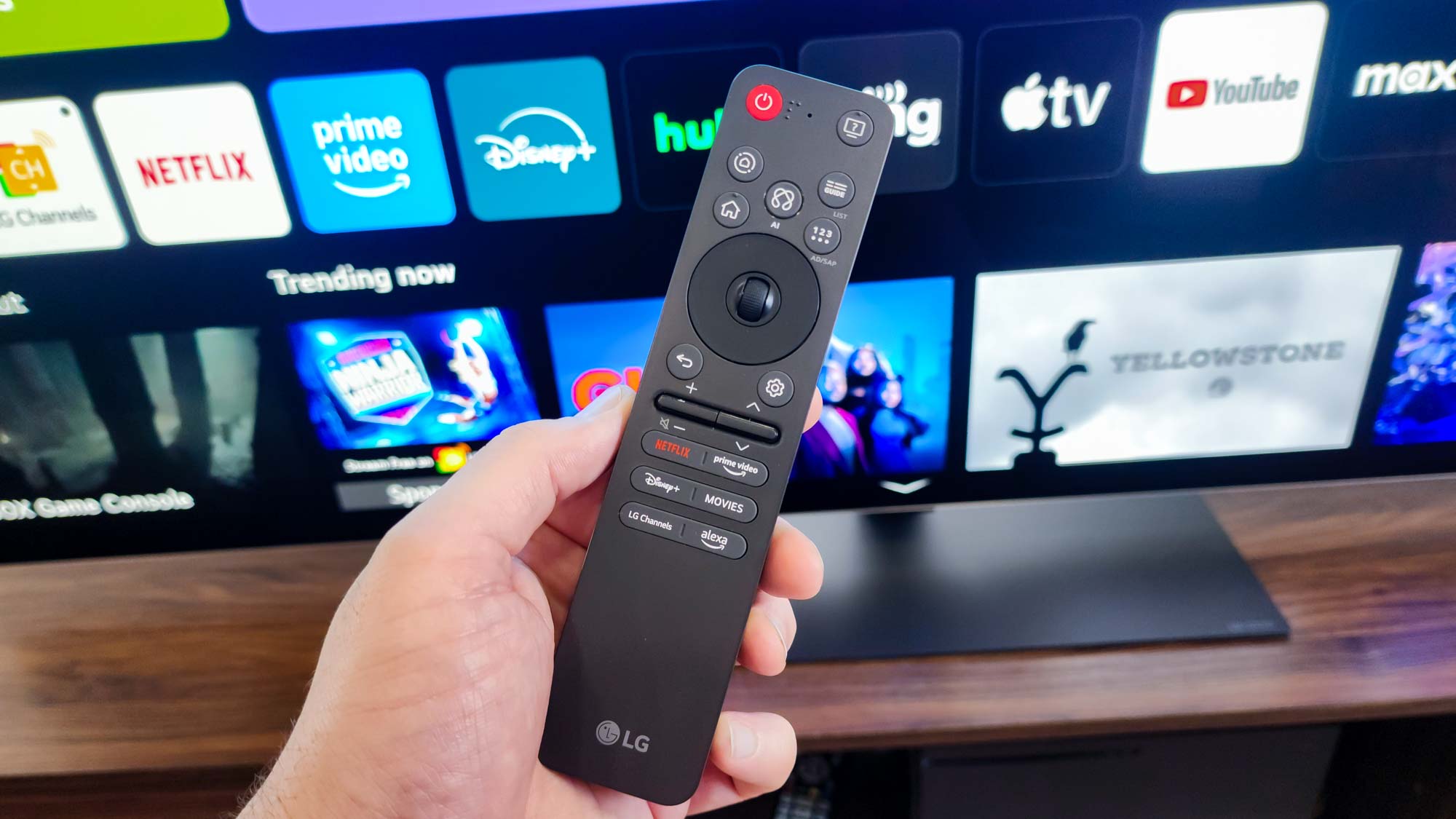
For gaming features, things are mostly the same across both models, too. As mentioned, each offers HDMI 2.1-compatibility across all four inputs. This is nice to have, as you won't have to think too hard about which port any given device should use.
The C5 and G5 also arrive with Variable Refresh Rate (VRR), Auto Low Latency Mode (ALLM), AMD FreeSync Premium and G-Sync compatibility for smooth gameplay.
And, although the G5 supports 4K gaming at 165Hz, the C5 tops out at 144Hz. I wouldn't sweat this unless you were hoping to use the C5 as a monitor, though.
For the vast majority of viewers, these sets are basically the same when it comes to features. An argument could be made that the G5's maximalist approach should earn it a win in this category, but I can't bring myself to split those hairs.
Winner: Draw
LG C5 vs LG G5: Outlook
| Header Cell - Column 0 | LG C5 | LG G5 |
|---|---|---|
Specs (25) | 23 | 24 |
Design (25) | 23 | 21 |
Performance (25) | 23 | 25 |
Features (25) | 25 | 25 |
Total Score (100) | 94 | 95 |
When comparing scores out of 100, a difference between 94 and 95 doesn't seem like much. But packed within that 1-point difference is over 1,000 extra nits of HDR highlight brightness, better color volume and the extra-warm, tingly feeling of knowing that you're buying a top-of-the-line, flagship TV.
If you're the type of person who, deep down, knows that they'll never be satisfied without those warm feelings, you'd be justified in spending more on the flagship model.
Right now, the 65-inch LG G5 is $2,999 at Best Buy. That's a spicy meatball, but it's also $400 off its typical price, so you've got that going for you.
On the other hand, the 65-inch LG C5 just went on sale for $1,799. That's almost $1,000 off its usual price, and we're talking about one of the best OLED TVs of the year.
For most people, the C5 is just the better bet. Its relatively reasonable price tag is a big reason why it earned a five-star rating in our review. If you don't mind leaving some significant performance gains on the table, it'll be the perfect centerpiece to a living room or home theater.
More from Tom's Guide

Michael Desjardin is a Senior Editor for TVs at Tom's Guide. He's been testing and tinkering with TVs professionally for over a decade, previously for Reviewed and USA Today. Michael graduated from Emerson College where he studied media production and screenwriting. He loves cooking, zoning out to ambient music, and getting way too invested in the Red Sox. He considers himself living proof that TV doesn't necessarily rot your brain.
You must confirm your public display name before commenting
Please logout and then login again, you will then be prompted to enter your display name.
